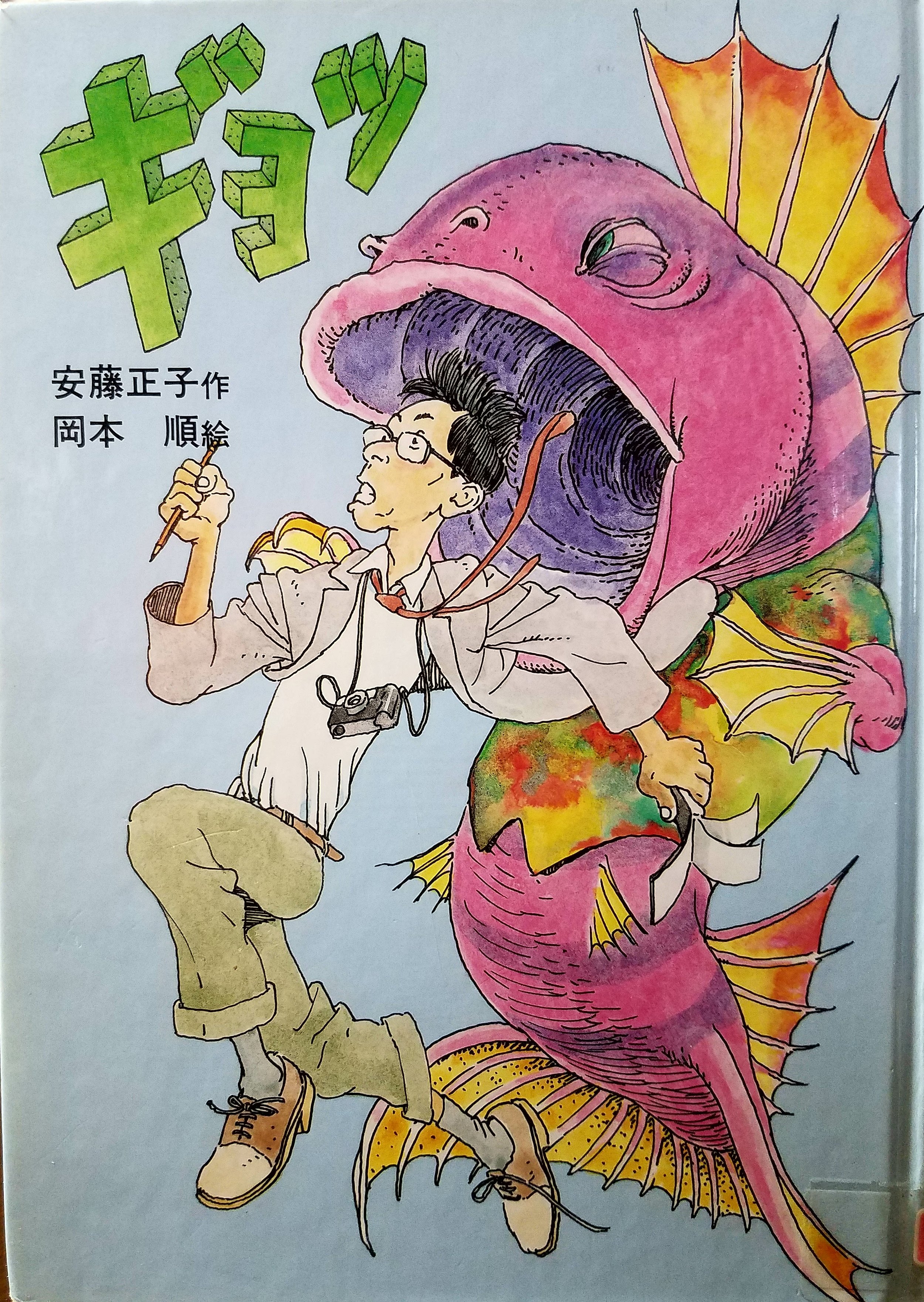Ekiben : The Ultimate Japanese Travel Food by Aki Tomura (IBC Publishing)
I am an army brat. My father was in the army. My mother is Japanese. I spent most of my elementary years living on a base in Tokyo, Japan in the early '70s. We lived on a base called Grant Heights which was located in Itabashi Ward, near Narimasu station. Every summer, my brother and I would look forward to going to my grandmother's house in Maizuru, a small coastal town on the Sea of Japan that was located in Kyoto Prefecture. ot get there, we would take the “bullet” train, commonly known as the shinkansen, where we would look forward to sitting in the dining car and having a bowl of curry rice.
I moved back to Tokyo, Japan as an adult in 1995. After settling into my new job and surroundings, and saving a bit of money, I was able to visit my grandmother's home in Maizuru again. This meant I would be taking the shinkansen from Tokyo to Kyoto. I was so looking forward to sitting in the dining car and having a bowl of curry rice again. It was over twenty years since my first shinkansen experience--imagine my shock when I found there was no longer a dining car on the route from Tokyo to Kyoto. It had been replaced by a moving cart, similar to what’s found on the airlines, except you had to pay for your own drinks, snacks, and food. But then, I discovered something else. I discovered the world of the ekiben. (Eki is the Japanese word for “station”. Ben is a shortened form of bento, the ready-made box lunch.)
This book, Ekiben, has a subtitle that’s direct and to the point, The box lunch you buy at the station and eat on the train. The book also provides a short history of the ekiben which I wasn't familiar with. When the railroads were being built during the Meiji era (1868-1912), bentos were made available at every station. They are still available but they have evolved quite a bit. The ekibens are usually eaten on a long train journey and there is an incredible variety of the types of ekibens you can buy.
This book provides you with just the tip of the iceberg concerning ekibens. It can be used as a guide to show you at which station the ekibens are available, providing a full color picture of the package and its contents.
The book is divided into seven regions, starting with Hokkaido and the Tohoku area (which includes Aomori, Iwate, Miyagi, Fukushima, Yamagata, and Akita Prefectures), the Kanto region (which includes Ibaraki, Tochigi, Gunma, Saitama, Chiba, Kanagawa Prefectures and the Tokyo metropolis), the Hokuriki region (which includes Niigata, Toyama, Ishikawa, and Fukui Prefectures), the Chubu region (which includes Aichi, Gifu, Nagano, Shizuoka, Yamanashi, and Mie Prefectures), the Kinki region (which includes Osaka, Kyoto, Hyogo, Nara, Wakayama, and Shiga Prefectures), the Chugoku region (which includes Shimane, Okayama, Yamaguchi, and Hiroshima Prefectures), and ending with the Shikoku and Kyushu regions (which includes Kagawa, Tokushima, Ehime, Kochi Prefectures in Shikoku and Fukuoka, Oita, Miyazaki, Kagoshima, Kumamoto, Nagasaki, Saga, and Okinawa Prefectures in Kyushu).
For every ekiben, each page will show you the name of the bento, the type of bento it is (there are about nine different types introduced), the name of the railway, the name of the station where its available, the package appearance, an image of the box, an image of the contents, and at the bottom of the page, a description of the bento.
These days, you don't even have to go to a particular station. There is an ekiben specialty store inside Tokyo station, where you can buy ekibens from all over Japan. Many department stores have ekiben campaigns from time to time as well.
Although I miss eating curry rice in the dining car on the shinkansen, I still look forward to long train journeys which gives me a chance to try the different types of ekiben. When visiting Japan, eating an ekiben should definitely be on your list of things to do!~Ernie Hoyt



















